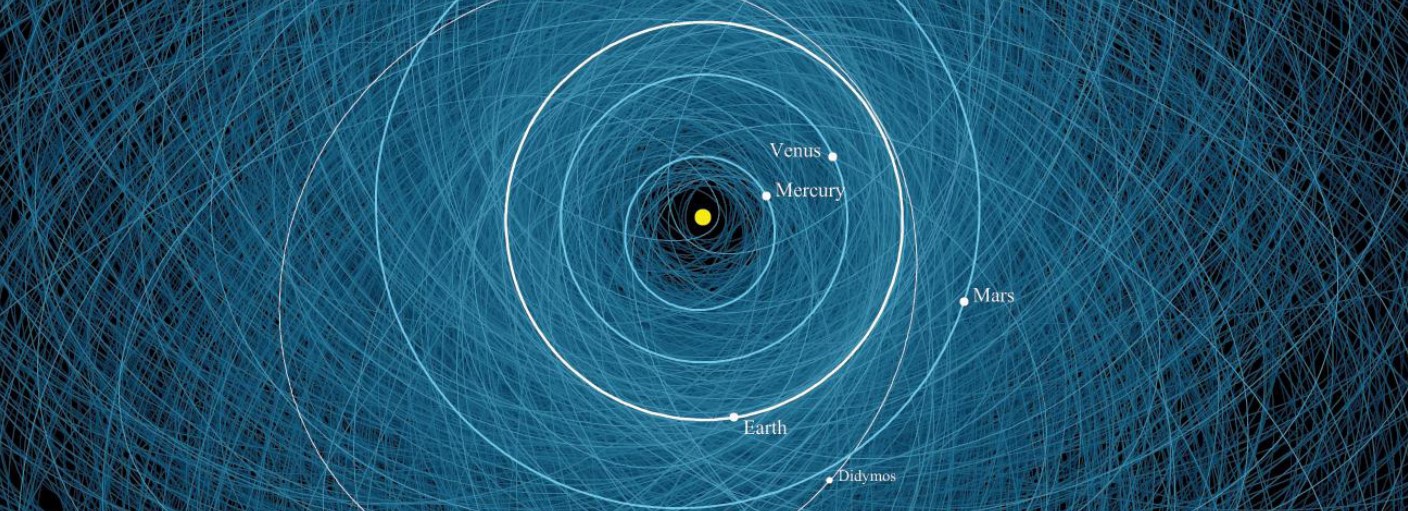High School | Daily Do
Why do planets and asteroids have variation in the size and shape of their orbits?

Is Lesson Plan Lesson Plans High School
Sensemaking Checklist




Lesson Snapshot
High school students, as scientists, use interactives and simulations to investigate the following driving question: Why do planets and asteroids have variation in the size and shape of their orbits? Students notice the path of the mini-moon 2024 PT 5 is different from the path of other orbiting planets and asteroids. They use an interactive site to examine the paths of other orbiting objects and see that asteroids have all sorts of different orbits. They decide they need to investigate what causes the orbits to be different shapes and sizes as well as what affects the speed of the asteroids. They plan and conduct a qualitative investigation in a simulation to determine what factors affect the size and shape of an orbit, as well as what causes the speed of the orbiting object to change at different points in the orbit. Students record patterns they notice, then make sense of these patterns and hypothesize about their potential causes. They make sense of the patterns through the lens of conservation of energy as well. Finally, in an effort to get a clearer picture of what causes the various orbits, and to find precise values for the speed and velocity of an orbiting object, students find a simulation that offers concrete data. In the process, they realize that Kepler’s laws reflect the ideas they have figured out. They update their consensus models to track energy transfer, adding to their explanation of an orbit’s path.
This is lesson 4 of the Asteroids Orbits Unit.
Click the Download PDF button above for the complete Lesson Plan.
Materials
Student Materials
Per Student
Per Small Group (2 to 4 students)
- Computer or tablet to run the simulation
Teacher Materials
Optional Teacher Resources
- Asteroid Orbits Additional Resources


